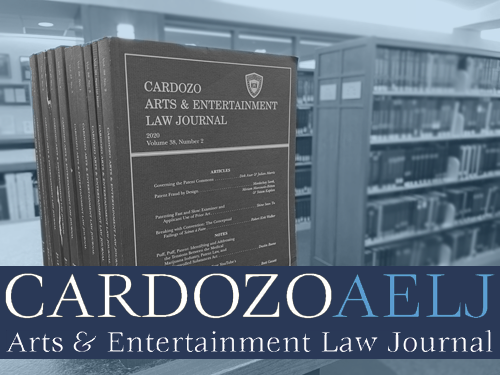Document Type
Article
Publication Date
4-11-2022
Graduation Year
2023
Abstract
The entertainment industry is known for producing all kinds of art, many of which are original works that inspire future creators to make their own. Often there is a reemergence of trends that come back stronger than it once was, or a retelling of a story that has already been expressed, but is now being told in a different medium. William Shakespeare’s Romeo and Juliet has been retold in movies, plays, and music for over four centuries, with newer works being released to this day, like Taylor Swift’s “Love Story” and the second film adaption of the musical West Side Story. Many of your favorite works of art have probably been inspired by previous works that have come before it, and although some are in the public domain like Romeo and Juliet and can be used without permission, many of these works have various copyrights and licensing agreements that allow for its use. Sometimes, however, artists do not negotiate and speak with those who have previously told similar stories or expressed their art in a comparable manner because these artists have independently created that work in a way that they thought was their own. Two authors can legally create “works that are similar or even identical” and “each work could be registered provided that the authors did not copy expression from each other.” Unfortunately, at the same force that movie studios and record labels are pumping out content, they expend just as much energy to legally protect it, and many of these entities are not afraid to get litigious.
This post was originally published on the Cardozo Arts & Entertainment Law Journal website on April 11,2022. The original post can be accessed via the Archived Link button above.
Recommended Citation
Shabat, Michelle, "Scènes à Faire in Music Copyright Cases: Why Don’t the Courts Make a Scène About Music?" (2022). Cardozo Arts & Entertainment Law Journal (AELJ) Blog. 320.
https://larc.cardozo.yu.edu/aelj-blog/320



